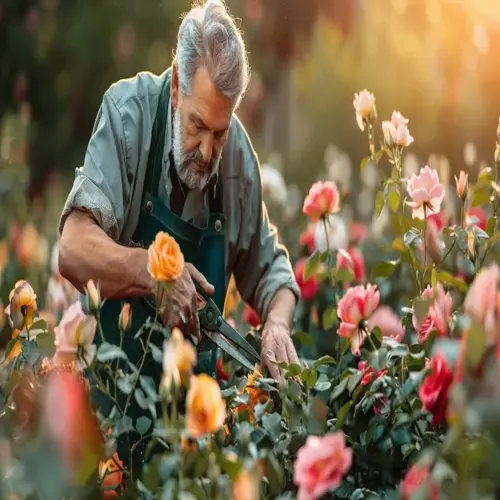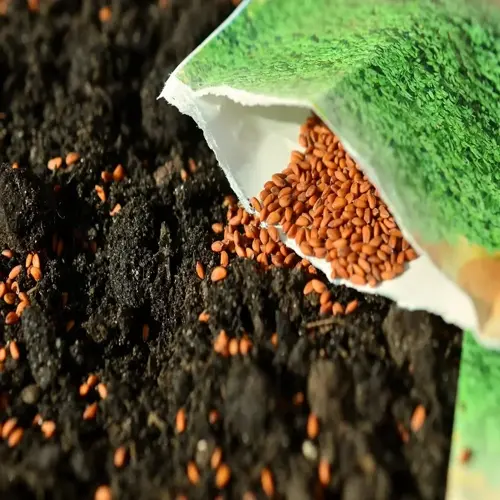Can scarification replace cold stratification?

Written by
Julia Anderson
Reviewed by
Prof. Charles Hartman, Ph.D.Scarification is not a substitute for cold stratification, as they offer fundamentally different treatments for dormancy types. Scarification will only break physical barriers and facilitate water absorption. In contrast, stratification will initiate the biological processes necessary for germination to occur. If attempted substitution of either method is made with seeds that have dormancy requirements, the seeds will not germinate.
Scarification Role
- Creates physical openings in seed coats
- Enables initial water absorption
- Doesn't affect internal dormancy hormones
Stratification Necessity
- Breaks physiological dormancy mechanisms
- Triggers enzyme production for growth
- Requires sustained cold exposure
Seeds Needing Both
- Milkweed: Scarify then stratify 4-6 weeks
- Lupines: Sequential treatment essential
- Some fruit trees: Double dormancy types
Physiological dormancy has cold triggers to be broken, and scarification alone does not provide that. Seeds from the poppy family have growth suppression compounds whose breakdown occurs only after extended cold exposure. Using only scarification did not produce germination; the seeds swelled but did not sprout. Proper stratification is necessary to enable the metabolically required germination enzymes.
Sequential treatment is important for dual-dormancy seeds. Milkweed must first undergo scarification to facilitate water intake, and then stratification to enhance biochemical activity. Inverting the order leads to no water uptake. I achieve 80% germination by scarifying and then refrigerating the seeds for six weeks in a moist medium.
Natural adaptation dictates treatment requirements. Seeds from temperate areas evolved with the need for cold stratification. Seeds from drought-tolerant, desert-type plants require some physical coat damage instead. Investigate the native habitat of the seeds you plan to use. Also, try out any unknown varieties with control groups using each method independently and in tandem.
Some common mistakes in substitution are to scarify the seeds of apples when you really want to stratify them. It is not worth the time and energy because their seeds are soft and do not require scarification. In contrast, morning glories are stratified, but don't actually have physiological dormancy, so this is a futile waste of time. Always check the seed packet or contact your local extension office for help and guidance.
Read the full article: How to Scarify Seeds: A Complete Guide

